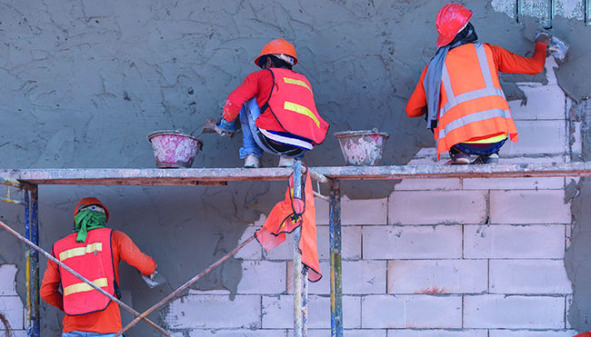Ecorys contracted by the Department of Health and Social Care (DHSC) to conduct a gap analysis of the current AMR R&D landscape
Ecorys was contracted by the Department of Health and Social Care (DHSC) to conduct a gap analysis of the current AMR R&D landscape to identify emerging challenges and opportunities in AMR research.
The gap analysis intended to help GAMRIF make evidence-based funding decisions and identify potential areas for future GAMRIF interventions. The gap analysis covered six study areas: diagnostics, therapeutics, and vaccines (“human health”), and plants, environmental contamination, and animal health. It involved six steps including a review of the literature, 36 stakeholder interviews, and an expert survey.
The main conclusions and observations from this study are:
- Significant evidence gaps exist across all study areas: this represents one of the most significant challenges in implementing LMIC-appropriate interventions.
- Need for operational research to reduce AMR in LMICs: innovations and effective interventions exist in HICs but are not always feasible to adapt in LMIC settings.
- Gaps in regulation and compliance: further research needs to be conducted to assess the feasibility and cost considerations of regulatory measures in LMICs.
- Need for better, global, and harmonised surveillance: more openly available data and data sharing across countries can enable further R&D on AMR solutions.
- Need for R&D for new technical solutions with relevance to LMIC settings: there is a need to increase the quantity and innovative quality of the R&D pipeline targeting pathogens, syndromes and target product profiles (TPP) that meet LMIC needs.
- Need to raise awareness about AMR, especially in plants/environment and animal health: more efforts in this area would be beneficial towards preventing/tackling AMR.
If you want to know more about this AMR gap analysis, please download the report here.

18 April 2023
1 minute read


